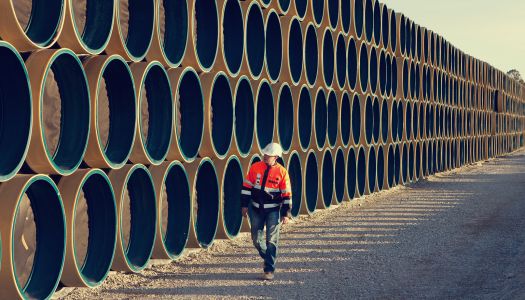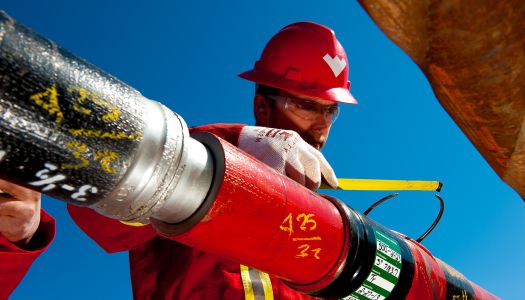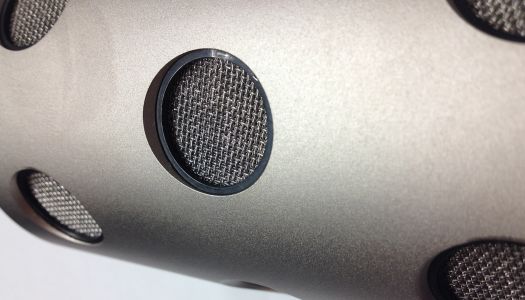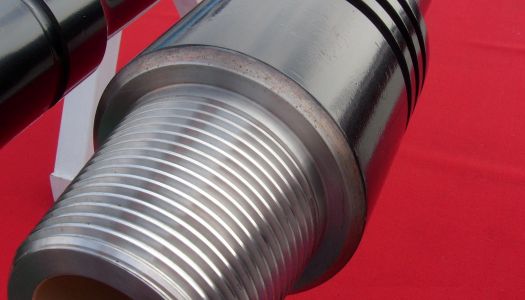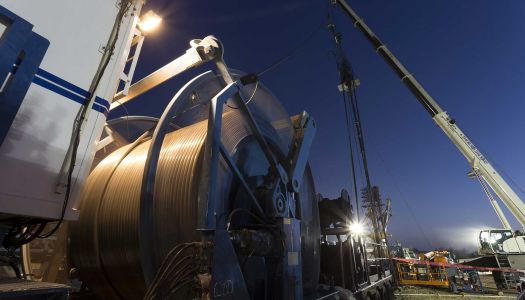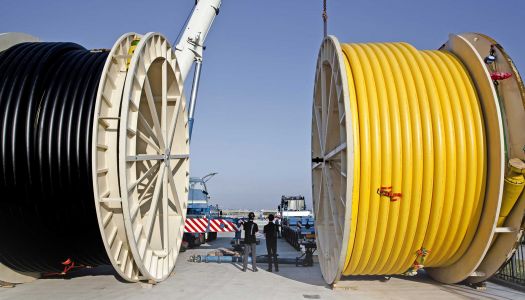Casing
- Maintain borehole stability
- Prevent contamination of water sands
- Isolate water from producing formations
- Control well pressures during drilling, production, and workover operations
Casing provides locations for the installation of:
- Blowout preventers
- Wellhead equipment
- Production packers
- Production tubing
Casing strings
There are six basic types of casing strings:
- Conductor Casing
- Surface Casing
- Intermediate Casing
- Production Casing
- Liner
- Liner tieback casing
Conductor casing
Conductor casing is the first string set below the structural casing (i.e., drive pipe or marine conductor run to protect loose near-surface formations and to enable circulation of drilling fluid). The conductor isolates unconsolidated formations and water sands and protects against shallow gas. This is usually the string onto which the casing head is installed. A diverter or a blowout prevention (BOP) stack may be installed onto this string. When cemented, this string is typically cemented to the surface or to the mudline in offshore wells.
Surface casing
Surface casing is set to provide blowout protection, isolate water sands, and prevent lost circulation. It also often provides adequate shoe strength to drill into high-pressure transition zones. In deviated wells, the surface casing may cover the build section to prevent keyseating of the formation during deeper drilling. This string is typically cemented to the surface or to the mudline in offshore wells.
Intermediate casing
Intermediate casing is set to isolate:
- Unstable hole sections
- Lost-circulation zones
- Low-pressure zones
- Production zones
Production casing
Production casing is used to isolate production zones and contain formation pressures in the event of a tubing leak. It may also be exposed to:
- Injection pressures from fracture jobs
- Downcasing, gas lift
- The injection of inhibitor oil
LINER
Liner is a casing string that does not extend back to the wellhead, but is hung from another casing string. Liners are used instead of full casing strings to:
- Reduce cost
- Improve hydraulic performance when drilling deeper
- Allow the use of larger tubing above the liner top
- Not represent a tension limitation for a rig


